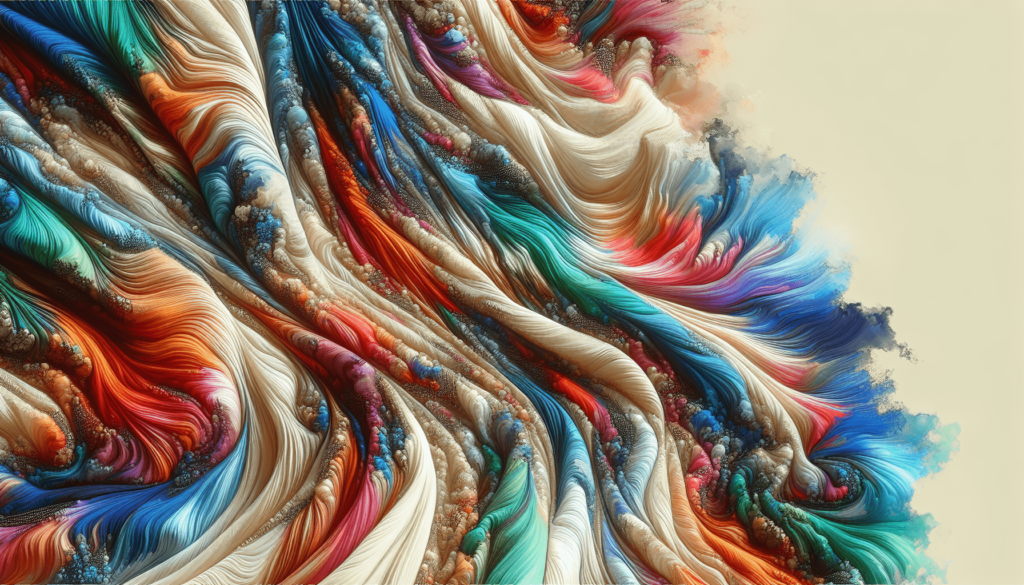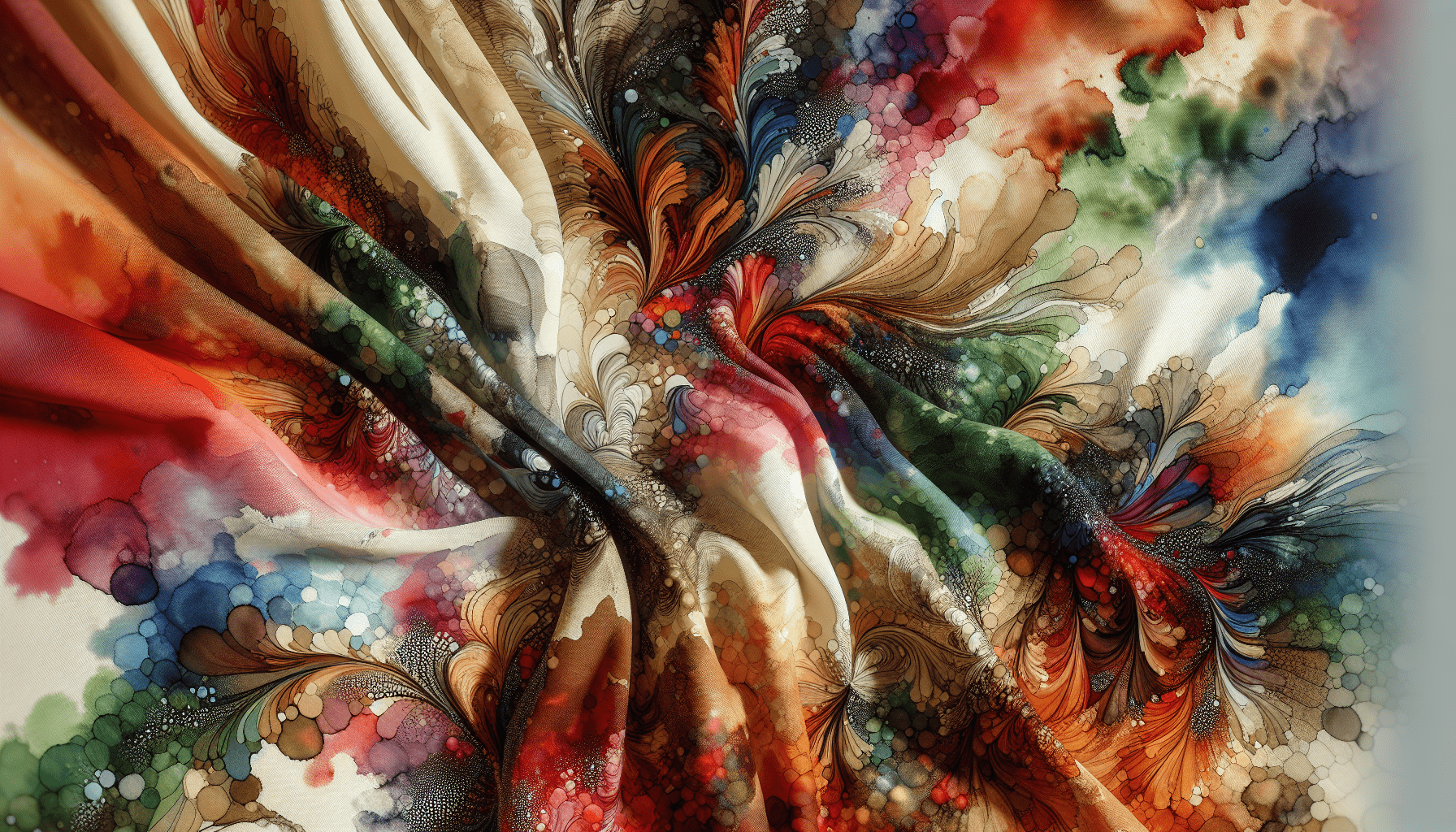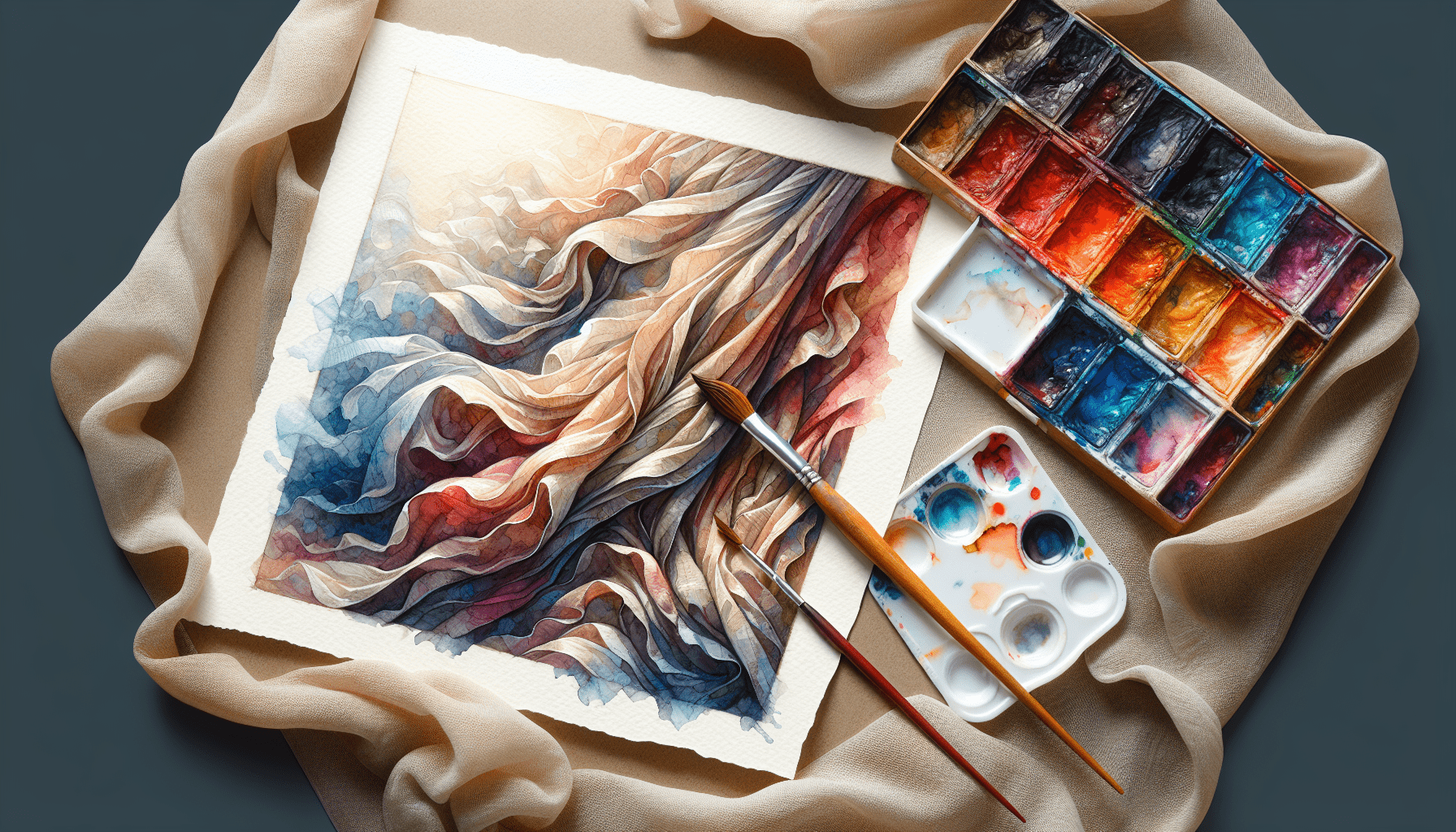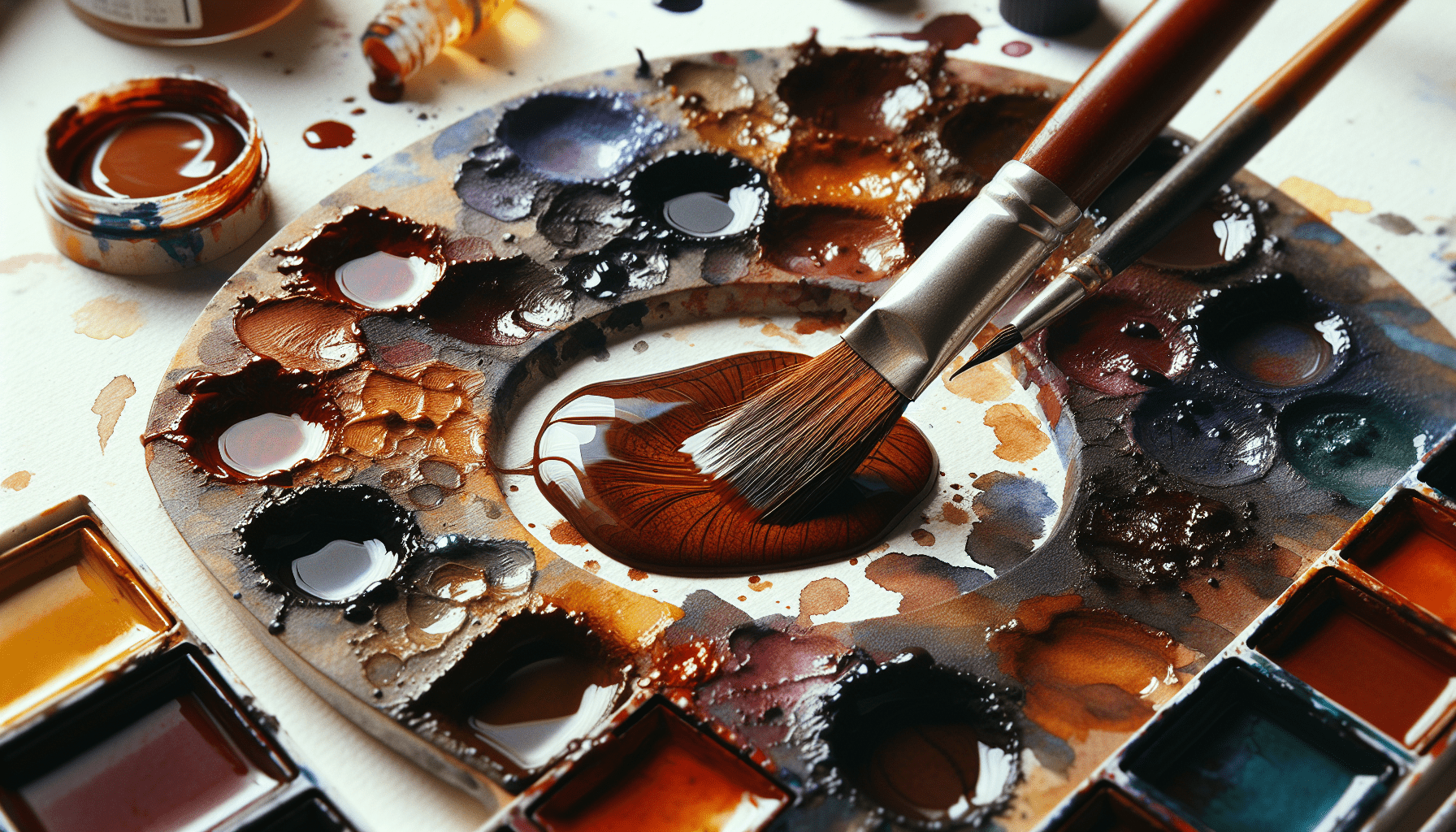Have you ever wondered whether watercolor paint would stay on fabric? This question often arises for artists and DIY enthusiasts looking to expand their creative repertoire. Watercolor paints are widely admired for their translucency and subtle blend, but using them on fabric can introduce a range of challenges and considerations.

Understanding Watercolor Paint
Watercolor paint is primarily designed for paper and is known for its water-soluble nature. These paints are composed of pigments suspended in a water-based solution, which allows for blending and creating luminous effects.
Composition of Watercolor Paint
Watercolor paint comprises pigments and a binder, usually gum arabic. This combination produces the vibrant colors that artists appreciate. However, the composition also makes watercolor paint highly susceptible to water and other liquid interventions.
| Component | Function |
|---|---|
| Pigment | Provides color |
| Binder (Gum Arabic) | Binds pigment to paper or other surfaces |
| Additives | Enhance functionality (e.g., flow, stability) |
Application Challenges on Fabric
Applying watercolor paint to fabric introduces numerous challenges not present when working on paper. Fabric’s absorbent and flexible nature can lead to unpredictable results and raise questions about the longevity of the design.
Absorbency
Fabric is more absorbent than paper, which means it can quickly soak up the watercolor paint, spreading the pigments and potentially leading to undesired bleeding of colors. Different fabrics have different levels of absorbency, further complicating the application process.
Durability
Watercolor paints are not inherently permanent on fabric. They lack the adhesion properties needed for the paint to withstand washing, friction, and general wear. Without supplementary methods, the paint will fade or wash out over time.
Techniques for Using Watercolor Paint on Fabric
Despite these challenges, you can still use watercolor paint on fabric with the right techniques and preparations.
Pre-Treatment of Fabric
Pre-treating your fabric can drastically improve the outcome and longevity of watercolor paint designs. Techniques such as using textile mediums or fabric primers can provide better adhesion for the paint.
Fixatives
Applying a fixative after painting can help in making the watercolor paint more resilient. Heat setting and using specific fabric sealants can play a significant role in this regard.
| Method | Description |
|---|---|
| Textile Medium | Mixed with watercolor paint for better adherence |
| Fabric Primer | Prepares fabric for paint application |
| Heat Setting | Use iron or dryer to set the paint |
| Fabric Sealant | Applied post-painting to increase durability |
Step-by-Step Guide to Applying Watercolor Paint on Fabric
To ensure your watercolor design remains on the fabric, follow these detailed steps:
Step 1: Selecting the Right Fabric
Different fabrics will yield different results. Natural fibers like cotton, silk, and linen tend to absorb and hold colors better than synthetic fibers. Ensure the fabric is clean and pre-washed to remove any sizing or finishes that might impede the paint’s adhesion.
Step 2: Preparing the Workspace
Set up a workspace where you can control the spread of the paint. Using a piece of cardboard or a plastic sheet under the fabric can prevent the paint from bleeding through to the surface below. Keep brushes, water, and other tools within reach.
Step 3: Mixing Your Colors
Mix watercolor paints with a textile medium according to the manufacturer’s instructions. This medium will help the colors adhere better to the fabric. Make sure to use an appropriate ratio to maintain color vibrancy while ensuring good adherence.
Step 4: Applying the Paint
Start by lightly sketching your design on the fabric using a water-soluble marker or pencil. Apply the paint using controlled, deliberate strokes. Remember to avoid over-saturating the fabric to keep the colors from bleeding excessively.
Step 5: Drying and Setting
Allow the fabric to air dry completely. Heat setting can be achieved using an iron on a suitable setting or a clothes dryer to ensure the paint adheres well to the fabric fibers. Follow this step meticulously to prevent the paint from washing out.
Step 6: Sealing the Design
For extra durability, spray a layer of fabric sealant over the painted area. This will provide an additional layer of protection against washing and wear.

Practical Considerations
While watercolor paint can be used on fabric, it’s important to consider its practical applications. Utilitarian items, like clothing or frequently used home decor, may not be the best projects for watercolor paints due to their natural tendency to fade.
Best Uses
Watercolor paint is ideal for projects where longevity isn’t a primary concern or where washes and maintaining a delicate, ethereal vibe are desired. Items like wall hangings, decorative pillows, and tote bags can serve as suitable canvases.
Longevity and Care
Even with the right techniques, watercolor-painted fabrics will require delicate care. Hand wash these items in cold water with mild detergent and avoid aggressive wringing or scrubbing. Line drying is preferable to using a dryer.
| Care Method | Recommendation |
|---|---|
| Washing | Hand wash with mild detergent in cold water |
| Drying | Line dry, avoid high heat from dryers |
| Ironing | Use protective cloth, avoid direct heat |
| Storage | Store in a cool, dry place |
Alternatives to Watercolor Paint
If long-term durability is crucial, consider alternatives to watercolor paints designed specifically for fabric use, such as fabric paints or fabric dyes. These products are engineered to bond more effectively with fabric fibers and to withstand regular washing and wear.
Fabric Paints
Fabric paints are formulated to adhere to fabric and offer an extensive palette of colors. They also provide more durability than watercolors.
Fabric Dyes
Fabric dyes penetrate the fibers more deeply, resulting in long-lasting and vibrant colors. These come in various forms including liquid, powder, and pens.
| Alternative | Advantages |
|---|---|
| Fabric Paints | Long-lasting, vibrant, formulated for fabric |
| Fabric Dyes | Deep penetration, durable, extensive options |
Consider these options if your project demands high durability and frequent washing.
Conclusion
Will watercolor paint stay on fabric? While not designed for fabric, watercolor paint can be used creatively with specific techniques and the right pre- and post-treatment steps. However, understand that the longevity and durability will be inherently lower compared to fabric-specific paints and dyes. With careful consideration and proper technique, you can expand your creative horizons and successfully incorporate watercolor designs onto fabric projects.



